Italy is renowned for its iconic cities and landmarks, but beyond the well-trodden paths lie hidden treasures waiting to be explored. From secluded beaches to medieval villages, these lesser-known destinations offer authentic experiences away from the crowds.
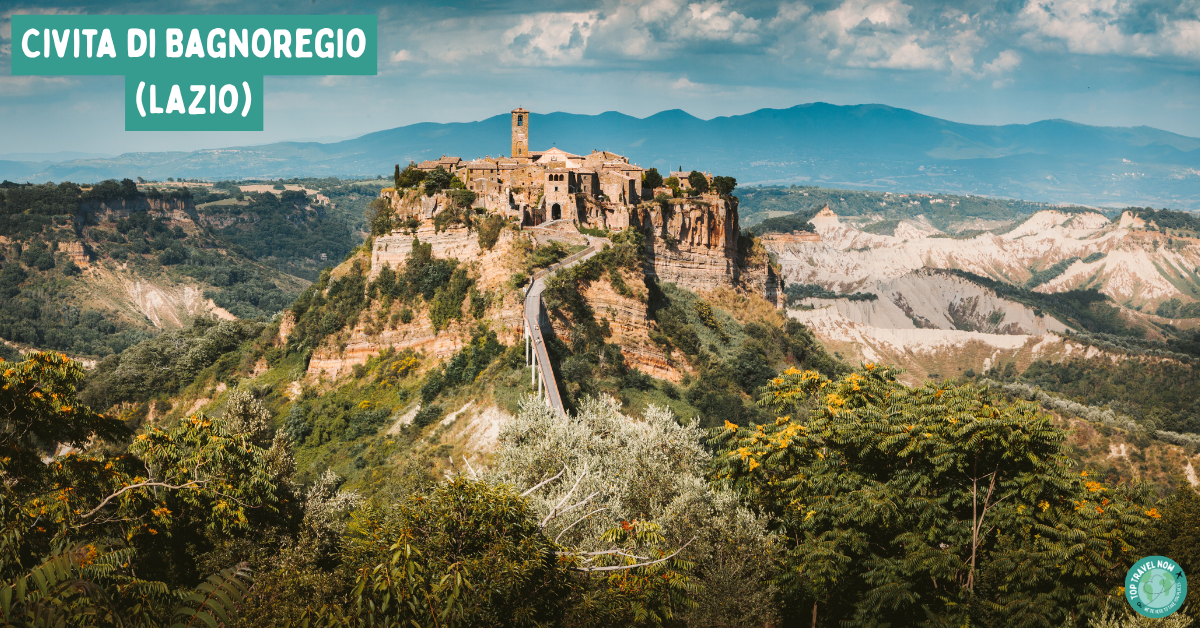
#1. Civita di Bagnoregio (Lazio)
Perched atop a hill and accessible only by a pedestrian bridge, Civita di Bagnoregio is often referred to as "the dying city" due to its eroding foundations. This medieval village offers stunning views and a glimpse into Italy's past.
How to get there: Train to Orvieto, then bus or hike to the footbridge.
What to do: Explore ancient alleys, visit the Church of San Donato, and enjoy panoramic
Best time to visit: Spring and autumn for mild weather and fewer tourists.
Fun Fact: Civita is nicknamed “the dying city” because it slowly crumbles due to erosion — yet it still draws visitors worldwide.
Food: Acquacotta (Tuscan-Lazio vegetable soup)

#2. Cala Mariolu (Sardinia)
A hidden beach with turquoise waters and white pebbles, Cala Mariolu is a paradise for snorkelers and nature lovers.
How to get there: Boat from Arbatax or Cala Gonone, or hike from Baunei.
What to do: Snorkeling, sunbathing, and exploring nearby caves.
Best time to visit: May to September for optimal beach
Fun Fact: The name "Mariolu" comes from local fishermen calling seals “thieves” (marioli) for stealing fish.
Food: Culurgiones (Sardinian ravioli), seafood fregola
Drink: Vermentino di Gallura white wine

#3. Pitigliano (Tuscany)
Known as "Little Jerusalem," Pitigliano boasts a rich Jewish heritage and houses carved into volcanic tuff cliffs.
How to get there: Drive from Grosseto or Siena.
What to do: Visit the Jewish Ghetto, explore Etruscan caves, and stroll through medieval streets.
Best time to visit: Spring and fall for pleasant temperatures.
Fun Fact: Known as “Little Jerusalem,” Pitigliano has had a thriving Jewish community since the 16th century.
Food: Sfratto (Jewish pastry with honey and walnuts), wild boar stew
Drink: Bianco di Pitigliano DOC wine

#4. Monte Sibillini National Park (Umbria / Le Marche)
A haven for hikers and nature enthusiasts, this park offers wildflower meadows, rugged peaks, and charming villages.
How to get there: Drive from Norcia or Ascoli Piceno.
What to do: Hiking, wildlife spotting, and visiting Castelluccio di Norcia.
Best time to visit: Late May to July for wildflowers; September for hiking.
Fun Fact: According to legend, the Sibyl — a mythical prophetess — lived in a cave in these mountains.
Food: Lentils from Castelluccio, truffle pasta
Drink: Rosso Piceno or Verdicchio dei Castelli di Jesi
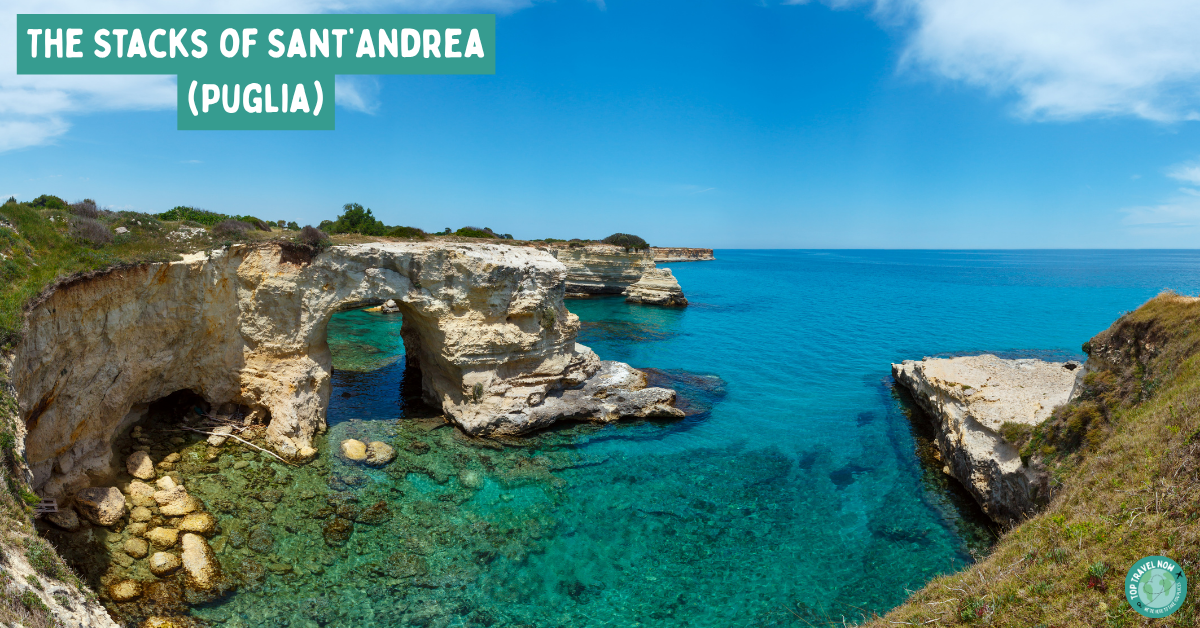
#5. The Stacks of Sant’Andrea (Puglia)
Dramatic limestone stacks and arches carved by the sea make this coastal spot a photographer's dream.
How to get there: Drive from Lecce.
What to do: Swimming, cliff diving, and capturing stunning sunsets.
Best time to visit: Summer months for beach activities.
Fun Fact: The sea stacks are called “faraglioni” and resemble natural stone arches rising from the turquoise water.
Food: Orecchiette with turnip tops, frisella with tomatoes
Drink: Primitivo or Negroamaro red wine
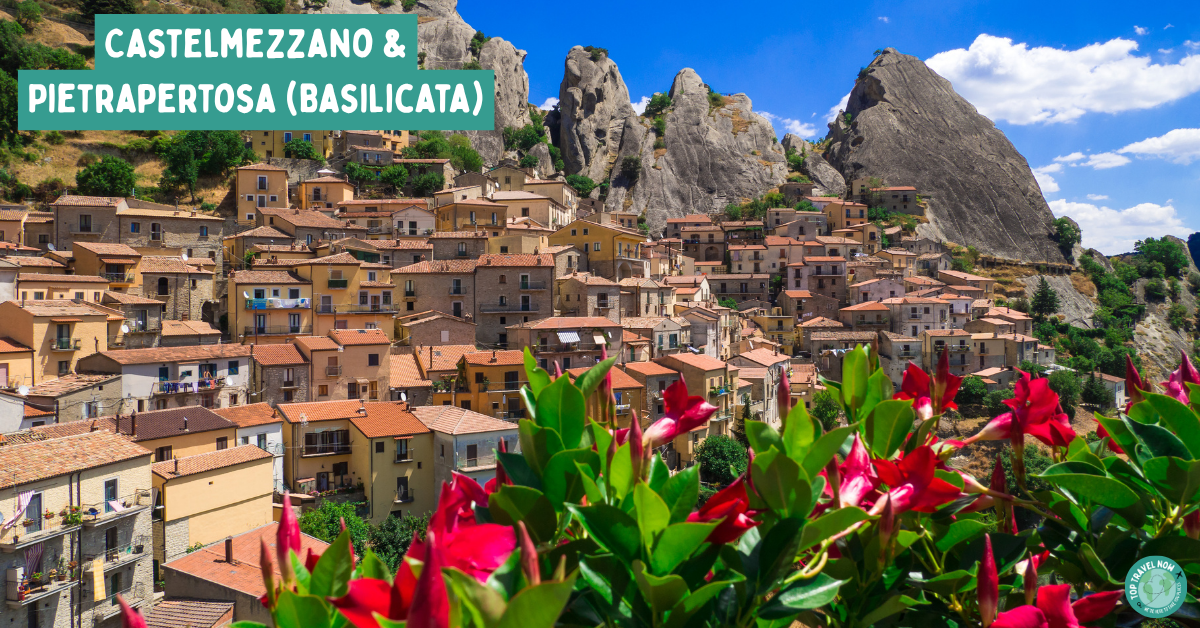
#6. Castelmezzano & Pietrapertosa (Basilicata)
Twin villages nestled in the Lucanian Dolomites, connected by the thrilling "Flight of the Angel"
How to get there: Drive from Potenza or take a tour from Matera.
What to do: Ziplining, hiking, and exploring medieval architecture.
Best time to visit: April to October for outdoor
Fun Fact: These twin villages are connected by one of the most extreme zip lines in the world — the "Flight of the Angel."
Food: Cavatelli with peperoni cruschi (crispy peppers), lamb stew
Drink: Aglianico del Vulture red wine

#7. San Fruttuoso Abbey (Liguria)
A secluded abbey nestled between forested cliffs and the sea, reachable only by boat or hiking trail.
How to get there: Boat from Camogli or Portofino, or hike from San Rocco.
What to do: Visit the abbey, relax on the pebble beach, and dive to see the Christ of the Abyss statue.
Best time to visit: May to September for favorable weather.
Fun Fact: A statue of Christ lies underwater in the bay — a favorite spot for divers.
Food: Focaccia di Recco (cheese-filled), seafood pasta
Drink: Pigato or Vermentino white wines

#8. Lago di Braies (South Tyrol)
A pristine alpine lake with emerald waters, surrounded by the Dolomites, perfect for tranquil retreats.
How to get there: Drive or bus from Brunico or Dobbiaco.
What to do: Rowboat rentals, hiking, and
Best time to visit: June to September for boating; October for autumn colors.
Fun Fact: It’s often called the “Pearl of the Dolomites” and was featured in the TV show Un passo dal cielo.
Food: Knödel (bread dumplings), speck, and mountain cheeses
Drink: South Tyrolean apple cider or Lagrein red wine

#9. Castel del Monte (Puglia)
An octagonal medieval castle shrouded in mystery, with no clear purpose or defenses.
How to get there: Drive from Bari or Andria
What to do: Explore the UNESCO site, admire architectural symmetry, and enjoy countryside views.
Best time to visit: March to June, September to November for comfortable temperatures.
Fun Fact: The castle has 8 sides, 8 rooms per floor, and 8 octagonal towers — its design remains a mystery.
Food: Burrata, orecchiette with tomato and ricotta
Drink: Castel del Monte DOCG wines
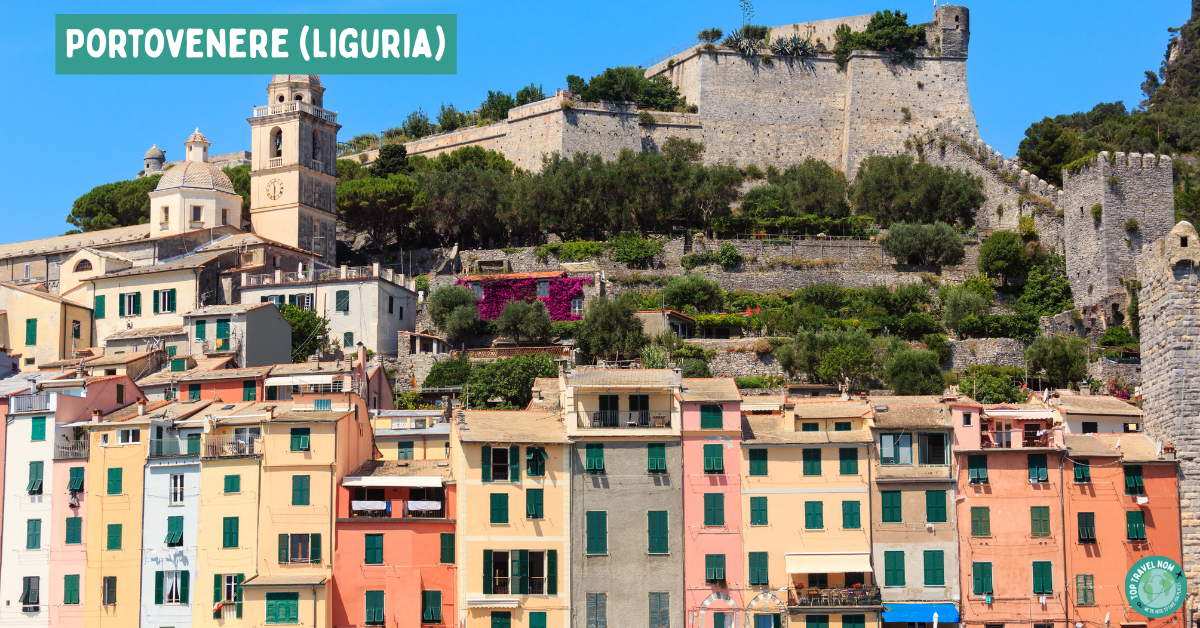
#10. Portovenere (Liguria)
A colorful coastal town with a medieval church perched above crashing waves, offering a blend of history and seaside charm.
How to get there: Boat or bus from La Spezia.
What to do: Visit Byron’s Grotto, Doria Castle, and stroll along the seaside promenade.
Best time to visit: April to June, September to avoid peak crowds.
Fun Fact: The castle has 8 sides, 8 rooms per floor, and 8 octagonal towers — its design remains a mystery.
Food: Burrata, orecchiette with tomato and ricotta
Drink: Castel del Monte DOCG wines
#Final Tips for Visiting Italy’s Hidden Gems
Best Time to Go:
Spring (April–June) and early autumn (September–October) offer the best weather, vibrant scenery, and far fewer tourists than the busy summer months.
How to Get Around:
Renting a car is the best way to explore these remote treasures at your own pace. Some locations are hard to reach by public transport but absolutely worth the drive.
Packing Tip:
Bring comfortable walking shoes, a camera with lots of memory, and an appetite for local food and discovery!
Ready to dive deeper?
Whether you're into history, hiking, or just epic views — these experiences will take your Italy trip to the next level.
#Free Italy Hidden Gems Travel Guide
Want to explore Italy like a local?
Download our free, beautifully designed PDF guide with all the hidden gems featured in this article — including how to get there, where to stay, local dishes to try, travel tips, and a section to plan your own trip.
⬇️ Download the Free Travel Guide (PDF)
#Watch the Video: 10 Hidden Gems in Italy
Prefer to see the magic before you go?
Watch our cinematic countdown video showcasing Italy’s most breathtaking hidden locations — from fairytale villages and secret beaches to mountaintop castles and coastal wonders.

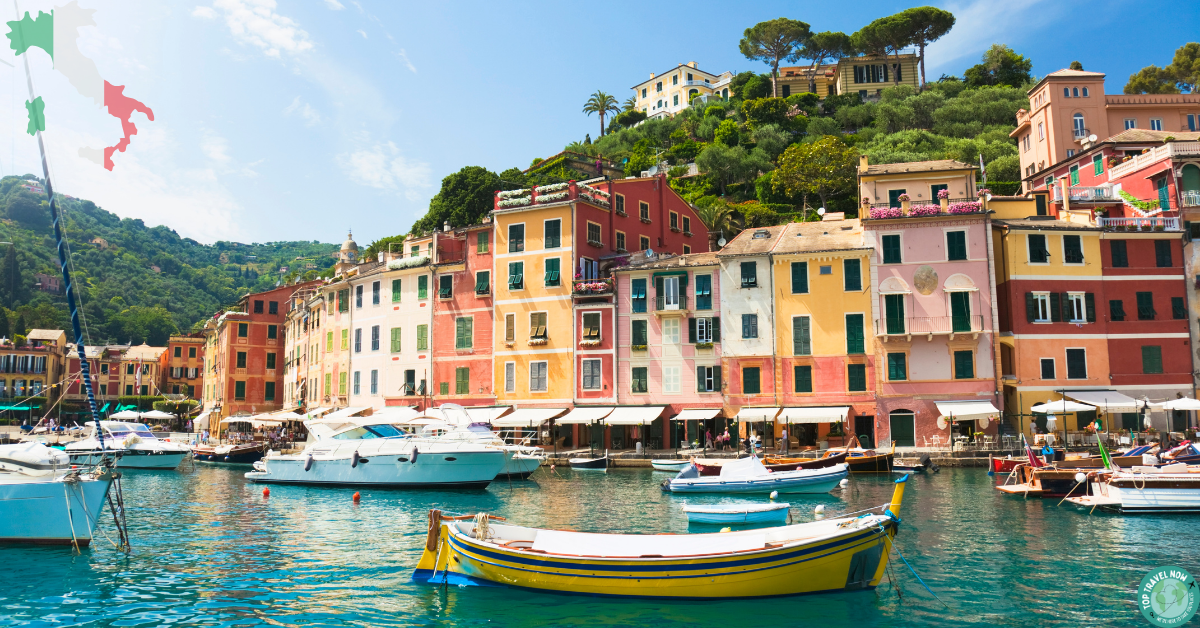
.png)